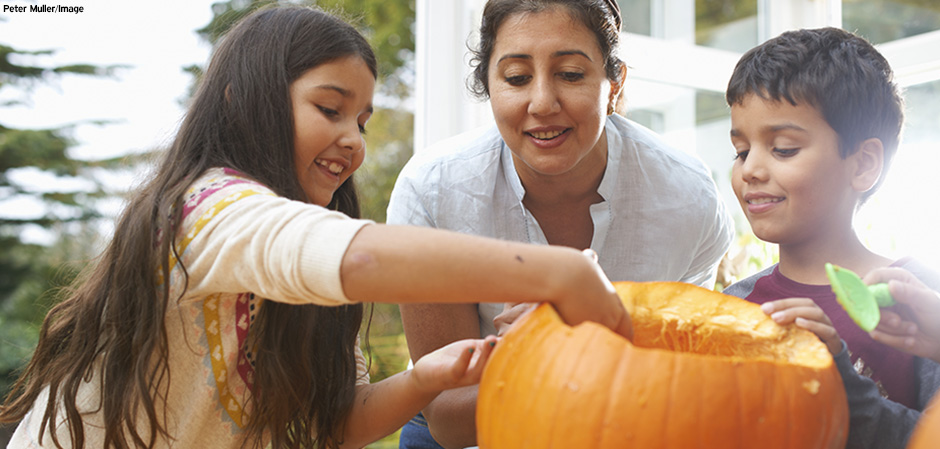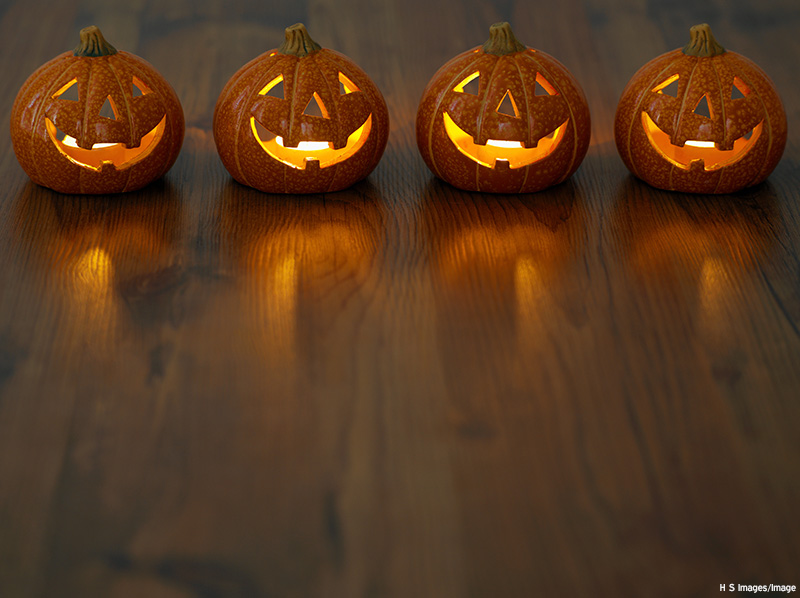
Halloween is over, so it’s time to get rid of your jack-o-lantern. But don’t toss it into the trash! Every year, Americans spend hundreds of millions of dollars on pumpkins, just to throw them out after Halloween. You might think that the gourds break down naturally in landfills, but they don’t. There isn’t enough oxygen inside landfills for pumpkins (or any other plants) to decompose, or break down, properly. Instead, the pumpkins in the landfill give off methane gas, which is harmful to the atmosphere.
Approximately 1.3 billion pounds of Halloween pumpkins wind up in U.S. landfills every year. Luckily, there are plenty of options for pumpkin disposal that are easy and ecologically friendly. Here, btw takes a closer look at a few of them.

Compost It!
Many cities have composting programs, where food and other organic waste is broken down naturally and turned into rich soil. In some places, there is a drop-off location for compostable materials. Other communities allow you to put out your compostable materials alongside your trash every week for pickup. Farmers’ markets often have food waste drop-off locations as well. If there are no composting programs near you, compost the pumpkin at your own home. Or if you want a quicker solution, just bury your pumpkin. Putting it underground in your garden or yard will cause it to break down naturally, turning it into rich soil. The pumpkin seeds from burying your pumpkin may even germinate next year.
Eat It!
Did you know that 41 billion gallons of water are used to grow pumpkins every year? Yet only one out of every five pumpkins is turned into food. Pumpkins are really good for you: they are a great source of important nutrients such as vitamin C, potassium, vitamin B, zinc, and a huge source of vitamin A. Almost the entire pumpkin is edible. You can roast seeds in your oven for a crunchy and nutritious snack. Pumpkin seeds are low in carbs but high in protein, iron, and calcium. The shell and “guts” are easily turned into puree with the help of a food processor. Pumpkin puree can then be used to make pumpkin bread, soup, muffins, pies, and more.
Not hungry? You can use pumpkin puree to create easy at-home beauty products, such as pumpkin masks for the face and hair.
Feed It to the Animals!
Even if you don’t want to eat your pumpkin, the local wildlife will. Rather than throwing away your pumpkin, leave it outside for animals to enjoy. Remember to cut it into smaller pieces to make it easier for them to eat and make sure it isn’t seasoned or salted. Feeling fancy? Fill your pumpkin with birdseed and hang it from a tree branch for a completely edible bird feeder.
You also can go beyond your own neighborhood and look for a place that accepts pumpkin donations. This could include a local farm, zoos, or animal shelters. Old pumpkins and gourds can be fed to livestock or used as enrichment activities for zoo animals. If you know someone who raises chickens, they might appreciate your donation as well. The same nutrients that make pumpkins so good for humans make them good for animals too!
